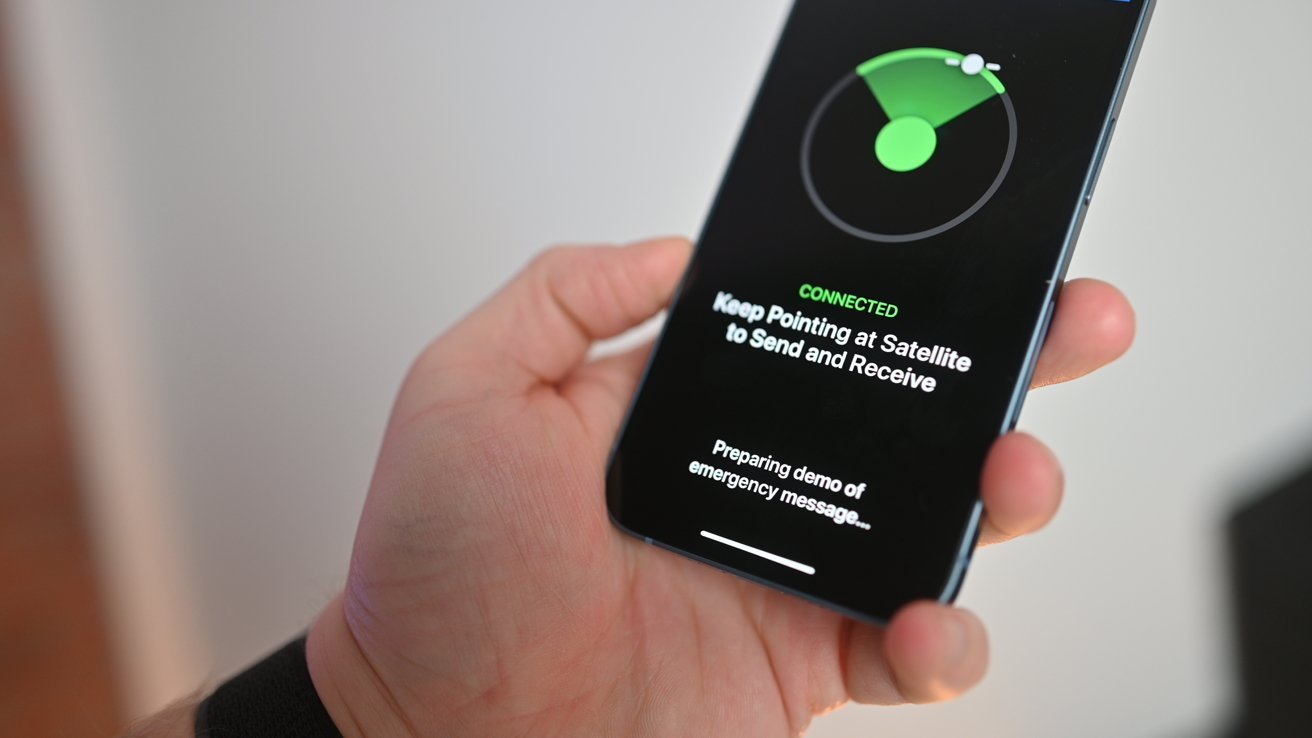Apple's Emergency SOS via Satellite feature on iPhone has proven its value once again, automatically summoning rescuers to a snowy and remote area of British Columbia.
Two men were rescued from deep snow near Nanoose Bay, north of Nanaimo, thanks to the emergency alert system on the iPhone. The accident happened Wednesday evening when their SUV went off a logging road and down an embankment.
Triggered by the crash, the iPhone's SOS via Satellite feature automatically sent the accident scene's precise latitude and longitude coordinates to local authorities. The remote area lacked cell service, making the technology a lifesaver for the stranded duo.
Nick Rivers, president of Arrowsmith Search and Rescue, told the Times Colonist that without it, the men would have faced a perilous 6-mile trek through freezing temperatures.
The alert prompted Oceanside RCMP to coordinate with search and rescue teams, who deployed a drone with heat sensors to locate the vehicle. A side-by-side vehicle with snow tracks and trucks with chains were mobilized to reach the stranded individuals. Fortunately, both men only suffered minor injuries and were safely evacuated.
This incident is significant as it marks the first time Arrowsmith Search and Rescue responded to an automatic satellite connection using a cellphone. It underscores the potential for life-saving technologies in remote and challenging terrains.
In September, hikers trapped in New Zealand's Arthur's Pass National Park were the first to use the satellite SOS feature in the country.
In August, a family of five were caught inside their vehicle with no means of escape as the Maui wildfire burned around them. At least one passenger had an iPhone 14, which allowed them to contact emergency responders, prompting another successful rescue.
 Amber Neely
Amber Neely








 Bon Adamson
Bon Adamson
 Marko Zivkovic
Marko Zivkovic

 Malcolm Owen
Malcolm Owen


 Christine McKee
Christine McKee



-m.jpg)






3 Comments
When this story uses the word "automatic", I think of the iPhone calling responders and providing location information without the input of the user? Is that the case here, or does "automatic" mean initiated by the user, and the device takes over after that?
The newer iPhones (starting with iPhone 14) have crash detection and can automatically contact emergency services. There is also the scenario where perhaps the iPhone will automatically switch to satellite when no cell service is available. Not really clear on the article. The example at the end of the article about using an iPhone 14 would be a very different scenario.